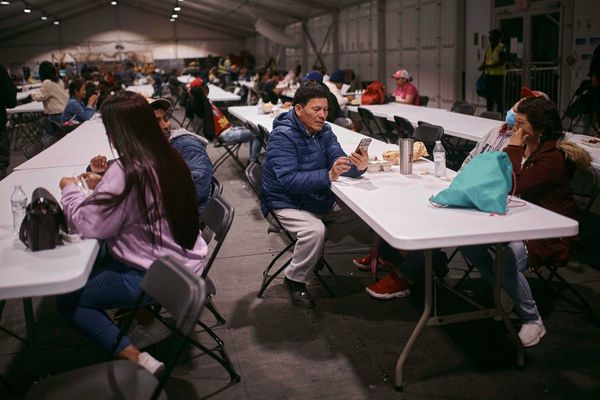
The conspicuous absence of the Kohinoor, claimed by India, from the historic Coronation ceremony of King Charles here in London on April 29 reflects a new reality of looking back at Britain's colonial past and to learn more about the truth of the Raj, feels the British Indian co-author behind a definitive book on the infamous diamond. Anita Anand, who co-authored 'Koh-i-Noor: The History of the World's Most Infamous Diamond' with historian-author William Dalrymple, said Queen Camilla's decision to use the Queen Mary Crown without the Kohinoor at her Westminster Abbey crowning is a direct result of the sensitivity that exists around colonialism in modern-day Britain.
Traditionally, the diamond has featured at coronations in the crown of the monarch's consort – last worn by Elizabeth, later the Queen Mother of Queen Elizabeth II, at the coronation of King George VI in May 1937.
"The decision not to use it [Kohinoor] reflects this new reality that we're in, where people are looking back at colonialism and what colonialism meant both to Great Britain, but also to the countries that were colonised," Anand said in an interview with PTI.
"It is a real testament to a sensitivity that exists now here in Great Britain to learn a little bit more about the truth of the Raj and colonialism… There is a real disparity of what people know about the Kohinoor diamond and what it represents, because I think the Kohinoor has become this hard, cold prism through which we can now look at colonialism and what it meant both to the colonised and those who were colonising," she said.
As someone who was born and brought up in the UK, the school curriculum not covering the history of Britain's colonial past was a palpable omission. It was among the many motivations behind her other joint endeavour with William Dalrymple, the hugely successful 'Empire' podcast series that covers the history of British colonialism starting with India.
"There is an appetite to know the stories behind the headlines, and the headlines I think have been hitherto quite misleading. When I was growing up, the Raj was equated with maharajahs and elephants and gold and glamour, men in pressed shirts and pith helmets, normally saving the day," she reflects.
"And the backdrop were the Indians, almost like the furniture in a scene. And now that is changing, people are re-evaluating. I think it's with a younger generation, who demand answers and they're not satisfied with the stories or lack of stories that existed here in this country," said Anand, who has her roots in Punjab and is also the author of 'The Patient Assassin' on the Raj-era Jallianwala Bagh massacre of April 1919.
She often found that people were startled by the feeling the Kohinoor diamond evoked among many Indians and why it was one of the most burning issues in diplomatic circles until Buckingham Palace confirmed it won't feature in the ceremony at Westminster Abbey on May 6.
"Until very recently, if you went to the Tower of London and you saw the Kohinoor diamond sitting there in its glass case, you would have been led to believe that the Kohinoor was a gift given by India to Great Britain. It has been suggested by certain British historians that it is a grateful gift given for all of the bounties that Britain left behind – things like democracy, railways, infrastructure and rule of law," the author notes.
With a growing appetite to know actually what happened, it has become clearer that the controversial diamond – which translates as Mountain of Light in Persian – wasn't a gift.
"Unless you deem a gift to be given at the point of a bayonet. It was taken from a little boy who was separated from his mother, from anyone that he could trust and forced to sign away his future, his family's future and the Kohinoor diamond," said Anand, with reference to Maharaja Duleep Singh – the last Sikh ruler who was exiled to England and forced to sign away his empire in the 19th century.
Anand, a senior journalist at the BBC, has also covered the entire history of the infamous diamond in the 'Empire' podcast – a series she admits has surpassed all expectations as it recently crossed the 7 million downloads mark.
The author-broadcaster is now looking forward to another big milestone when a commemorative blue plaque will be unveiled at the home of Princess Sophia Duleep Singh later this month.
"I'm very, very proud that a woman that I wrote my first book on – Sophia Duleep Singh, who happens to be Maharaja Duleep Singh's youngest daughter – the last family to own the Kohinoor, is finally going to have a blue plaque on the home where she lived at Hampton Court (outside London)," she said.







